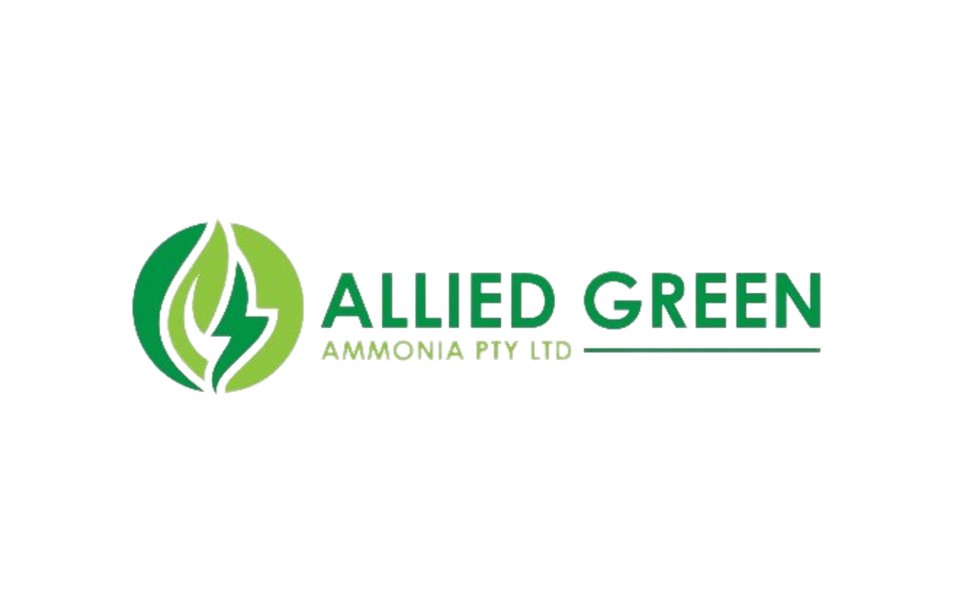News
New Analysis: Technoeconomics (TECH) report – Polystyrene
Polystyrene is a commodity polymer with a broad range of end-uses. The three major commercial types of polystyrene are general purpose (GPPS), high impact (HIPS), and expandable (EPS). GPPS is a brittle material with poor impact strength. HIPS is formed by the introduction of rubber (usually polybutadiene rubber) into the polymerization process to increase toughness and improve mechanical properties.
The main applications for GPPS/HIPS are packaging and consumer goods (including appliances). The main applications for EPS are construction and packaging. All types of polystyrene face competition from other materials based on performance, cost, and sustainability issues.
This TECH report provides an updated overview of the commercial technological, economic, and market aspects of GPPS, HIPS, and EPS. The following issues are addressed in this report:
- What are the major features of the processes for GPPS, HIPS, and EPS production? Who are the major technology holders?
- How do process economics compare across processes and different geographic regions?
- What is this current market environment for GPPS, HIPS, and EPS? What markets will be affected by bans and recycling legislation?
Commercial Technologies
Polystyrene manufacturing has a long history and is considered mature technology. BASF and Dow were the pioneers of polystyrene technology before numerous other companies developed their own processes. Through mergers, acquisitions, and joint ventures, most technologies have complicated legacies.
GPPS and HIPS are commercially produced by continuous mass polymerization of styrene. Typical steps are pre-polymerization, polymerization, devolatilization, and finishing/pelletizing. For HIPS, an additional step is required to prepare a solution of rubber in styrene before pre-polymerization.
EPS is commercially produced by either batch suspension or continuous mass polymerization of styrene. The manufacture of EPS requires the addition of a blowing agent, either as the beads are formed in the suspension process or after the polymer melt has left the devolatilizer in the mass process.
Process technologies for GPPS, HIPS, and EPS production are offered for license by numerous technology holders, but many other technology holders do not license to third parties and retain their technologies for in-house use and joint ventures.
Process Economics
Detailed cost of production estimates for different production routes to GPPS, HIPS, and EPS are presented for USGC, China, and Western Europe locations. Estimates are developed for three different continuous mass processes for GPPS and HIPS production. Economics for EPS are developed for two batch suspension processes and one continuous mass process. A sensitivity analysis was developed based on variations of feedstock pricing, capital investment, and plant capacity.
Cost of Production Comparison for Polystyrene
Commercial Overview
Global polystyrene (GPPS/HIPS) demand was 11 million tons in 2020, a decline of 1.1 percent due to declines in the construction and packaging sectors as a result of the global coronavirus pandemic. However, global EPS demand increased by 3.6 percent to 7.3 million tons due to strong growth in packaging, especially in China.
An overview of the supply, demand, and trade of GPPS/HIPS and EPS on a global and regional basis is provided in this TECH report.
Find out more on our NexantECA website
Subscribe to TECH
The TECH program (formerly known as PERP) is globally recognized as the industry standard source of process evaluations of existing, new and emerging of interest to the energy and chemical industries.
TECH’s comprehensive studies include detailed technology analyses, process economics, as well as commercial overviews and industry trends. Reports typically cover:
- Trends in chemical technology
- Strategic/business overviews
- Process Technology:
- Chemistry
- Process flow diagrams and descriptions of established/conventional, new and emerging processes
- Process economics – comparative costs of production estimates for different technologies across various geographic regions
- Overview of product applications and markets for new as well as established products
- Regional supply and demand balances for product, including capacity tables of plants in each region
- Regulatory and environmental issues where relevant
Subscription Options
A subscription to TECH comprises:
- PDF reports including detailed technology analyses, process economics, as well as commercial overviews and industry trends
- Cost of production tables in spreadsheet format
- Consultation time with the project team
An annual subscription to TECH includes twenty reports published in a given program year. Reports can also be purchased on an individual basis, including reports from previous program years.
About Us - NexantECA, the Energy and Chemicals Advisory company is the leading advisor to the energy, refining, and chemical industries. Our clientele ranges from major oil and chemical companies, governments, investors, and financial institutions to regulators, development agencies, and law firms. Using a combination of business and technical expertise, with deep and broad understanding of markets, technologies and economics, NexantECA provides solutions that our clients have relied upon for over 50 years.



